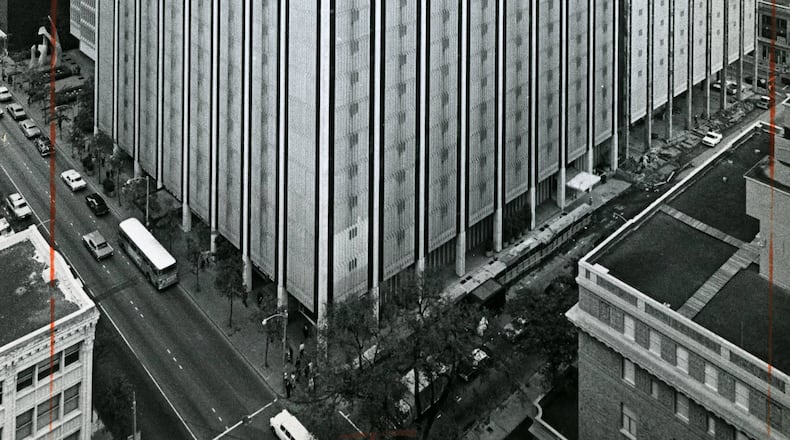The Atlanta History Center is making available historical records spanning eight decades so researchers can examine city policies on land use and the impact on Black Atlantans.
Researchers visiting the center’s Kenan Research Center will be able to look at four batches of city planning records from 1920 through 1997, including meeting minutes and official decisions from the Department of City Planning, which oversees housing, buildings, design and zoning, according to a post on the center’s website.
“These minutes document public opinion about city development, growth, and gentrification as well as research into city decisions, financial and project planning, ordinance proposals, and finalized legislation,” the center said.
It added that researchers can use the records to understand “what Atlantans thought about these decisions, and how some, usually Black Atlantans, suffered under government policy while others, usually white Atlantans, benefited.”
The first batch of records from 1920 to 1974, reveal recommendations from the Atlanta-Fulton County Joint Planning Board to city officials and the mayor on the city’s growth and development including the establishment of what would become the Municipal Market in the Sweet Auburn neighborhood.
The market became known as the Sweet Auburn Curb Market because of the popularity of Black sellers who, because of Jim Crow laws, were forbidden from doing business inside and had to sell goods from the street.
A second batch of records from 1923 to 1997 has Board of Zoning Adjustment meeting minutes documenting Atlanta Merchandise Mart’s appeal against the board’s decision to stop construction. The mart designed by Atlanta architect John C. Portman Jr. was eventually built in 1961 on Peachtree Street downtown.
Zoning Review Board committee meeting minutes are part of another series of records from 1954 to 1984 that include discussion of city zoning ordinances, rezoning and special use permits. A fourth series of records from 1957 to 1973 could give researchers a close-up look at how officials evaluated living conditions in city neighborhoods and managed housing programs.
Those records show how the Planning and the Development Committee reviewed redevelopment of Butler Street, McDaniel Street, Atlanta University Center, Washington-Rawson, and Georgia State College, which later became Georgia State University, according to the center’s website.
“Specifically, there are minutes pertaining to the Butler Street Urban Renewal Area project to improve housing and increase greenspaces, plans to redevelop Buttermilk Bottom, and the construction of the Northeast Expressway (I-85),” the post states.
In October, the National Historical Publications and Records Commission, which is affiliated with the National Archives and Records Administration, awarded the Kenan Research Center almost $138,000 for its research work on land use in and around Atlanta.
At that time, the center said the grant would allow researchers to tell stories about the impact of segregation and redlining on Black Atlantans to provide “essential insight into regional and national trends related to land and home ownership and race relations.”
About the Author
Keep Reading
The Latest
Featured


